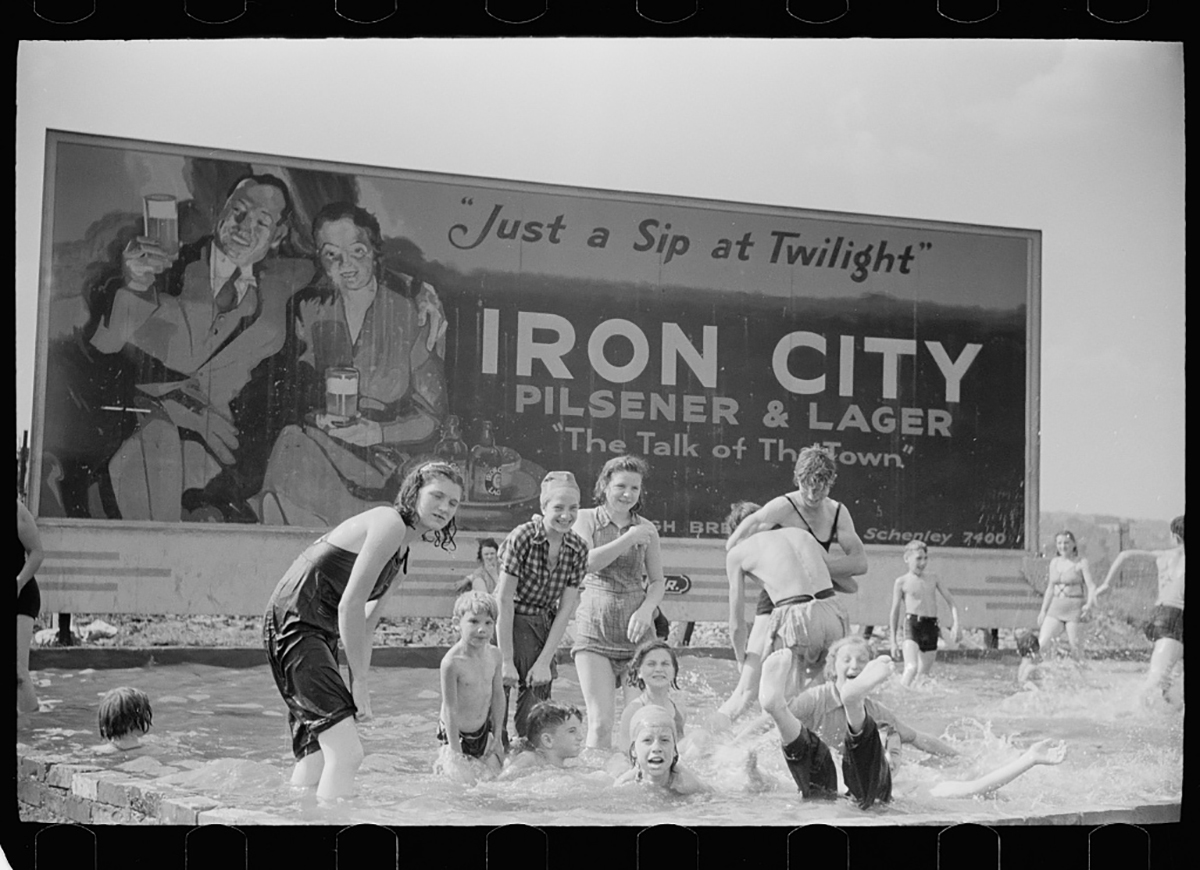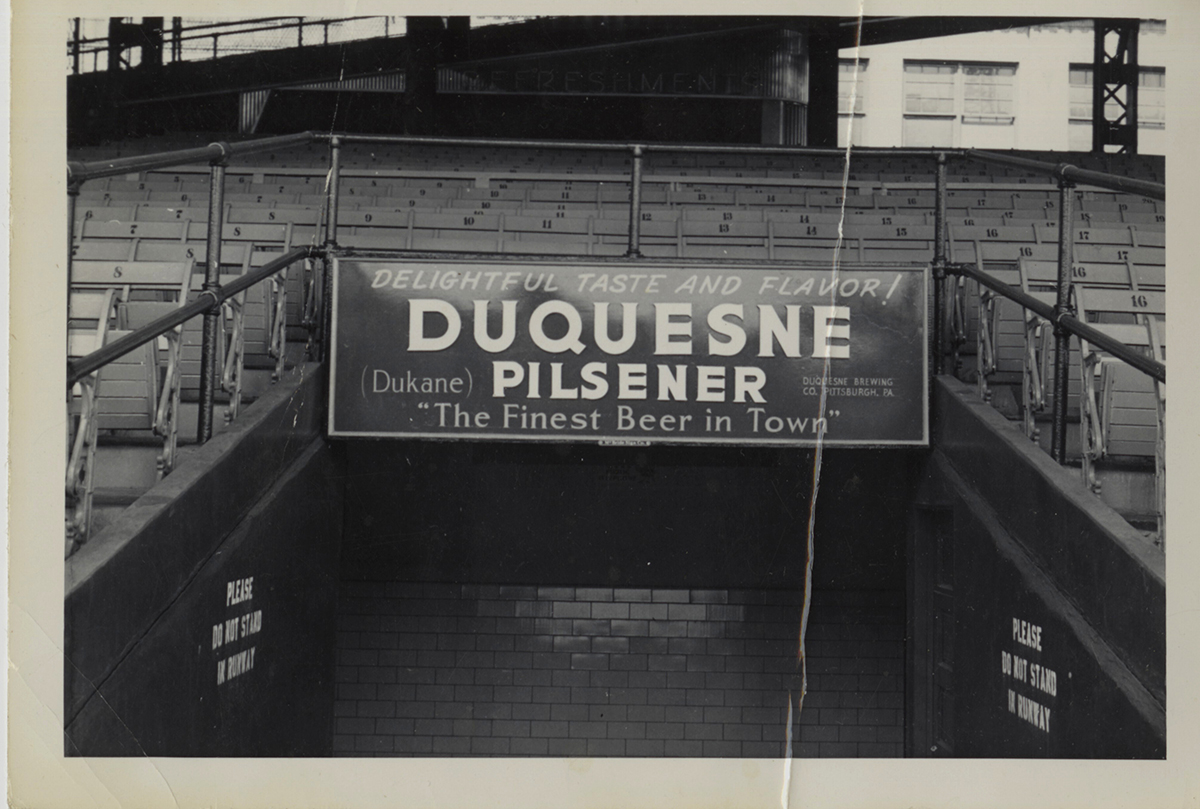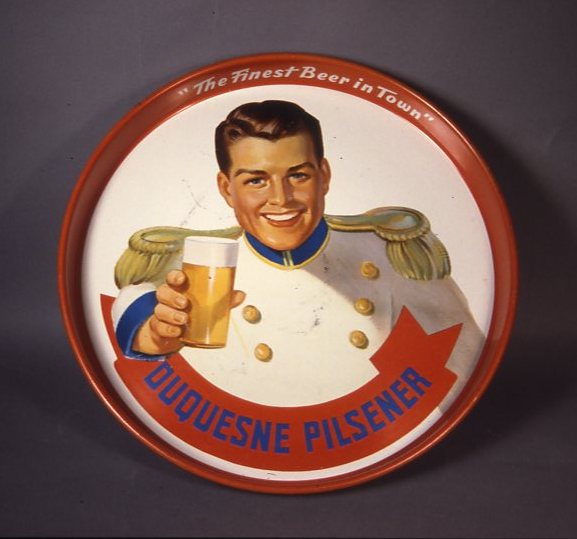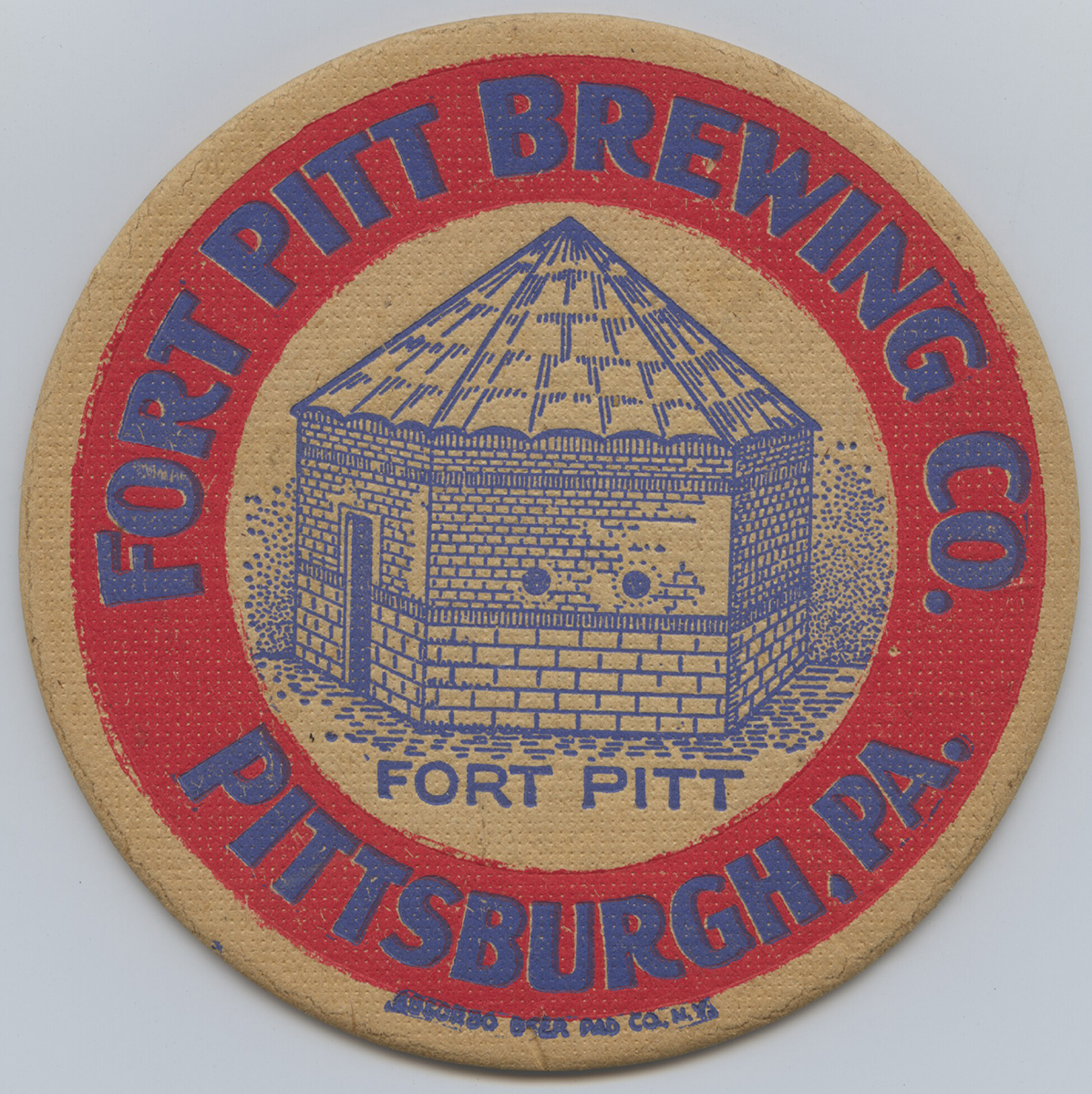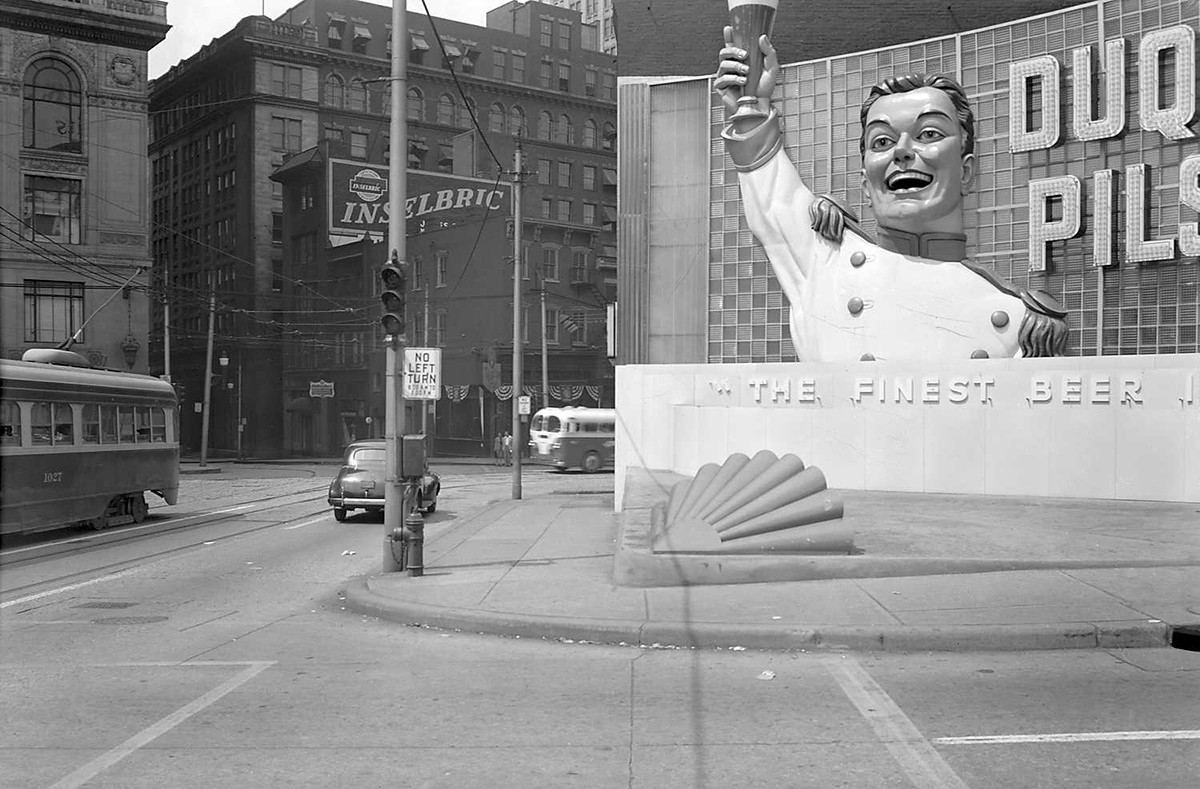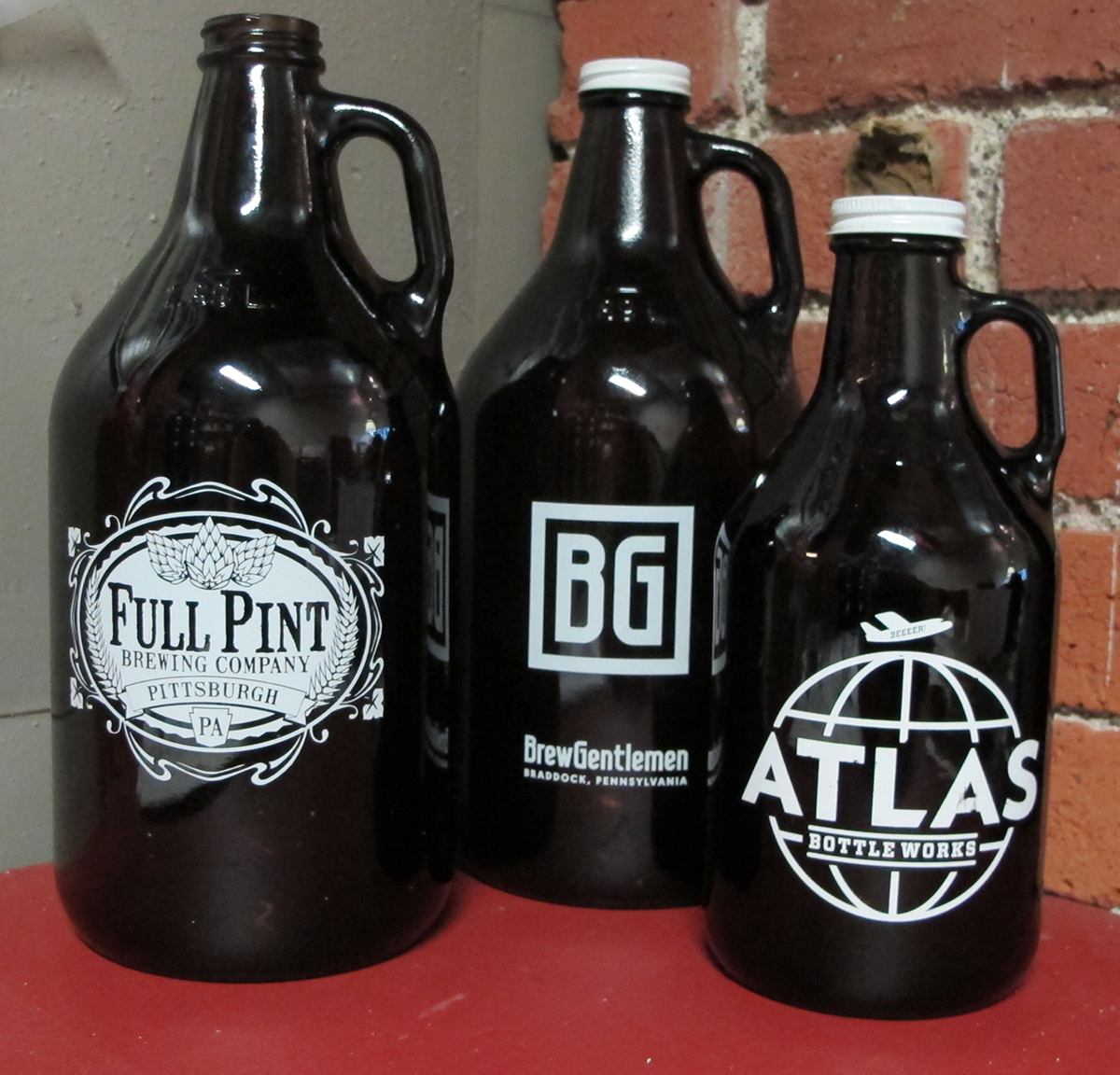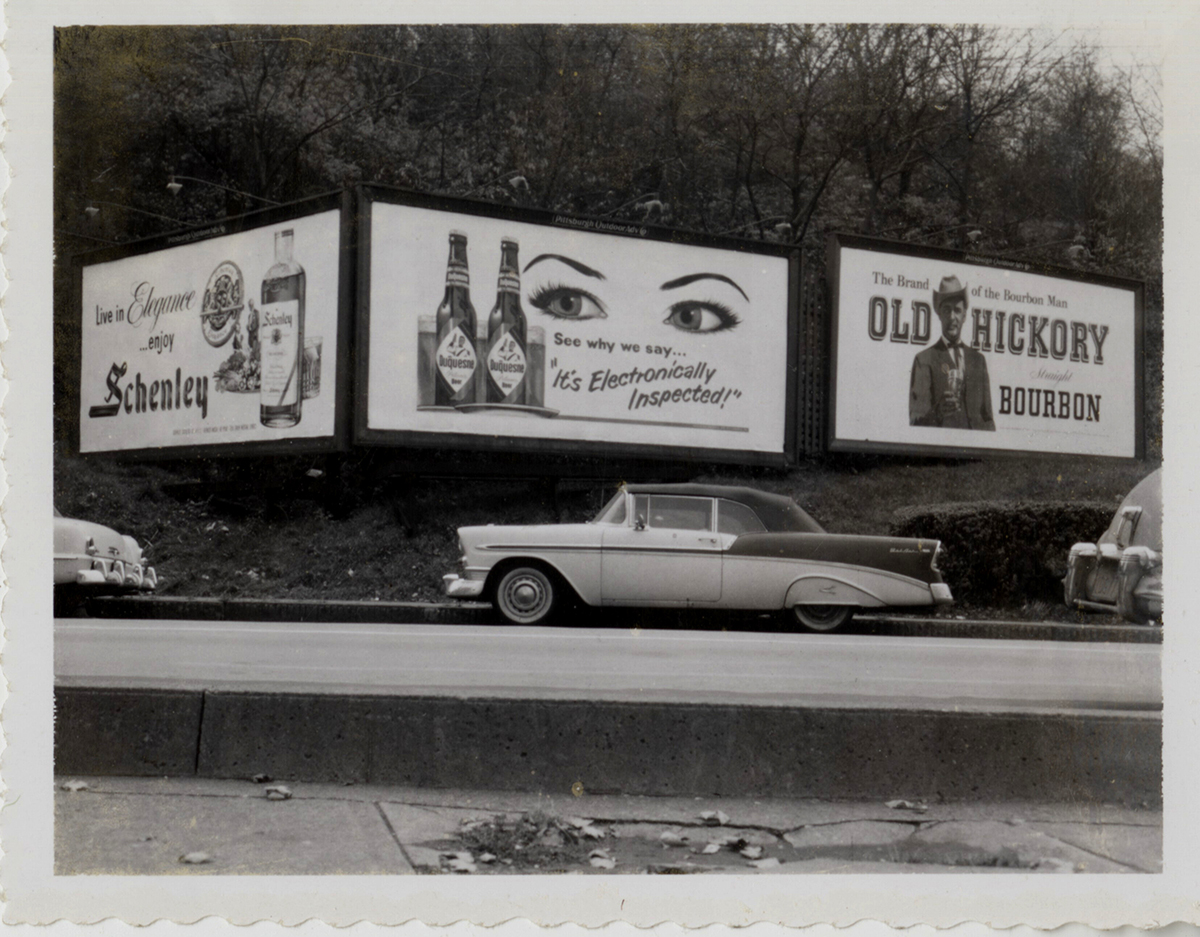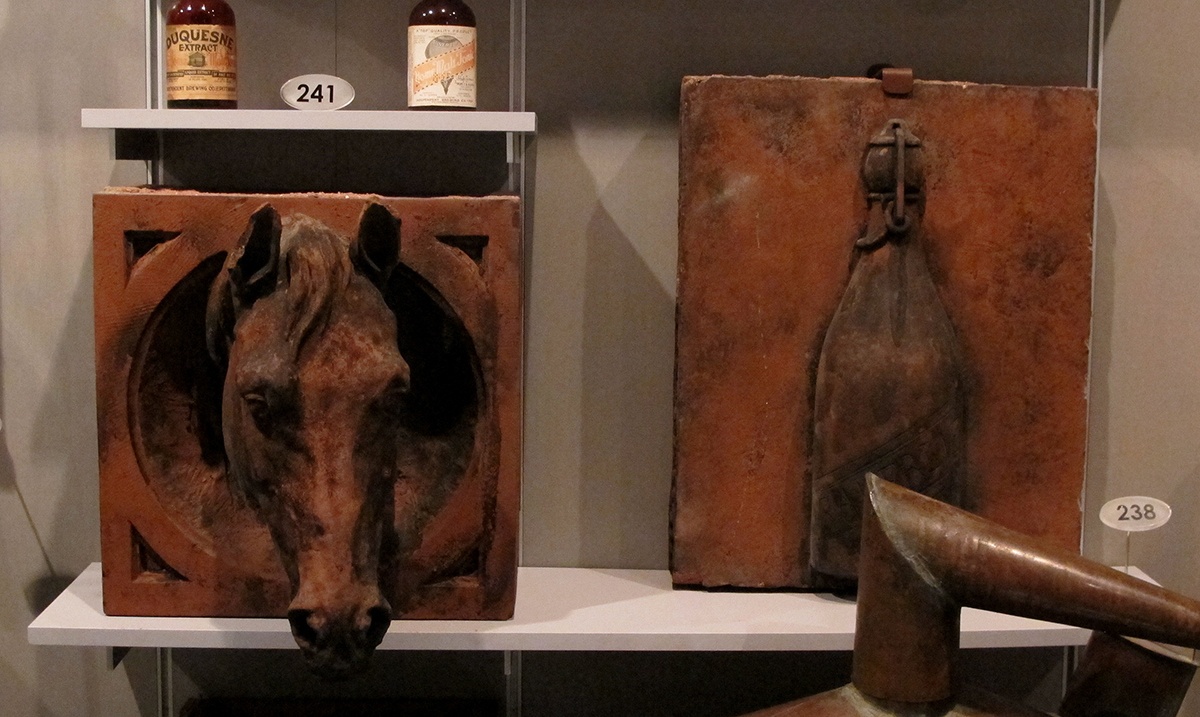October 27 is National American Beer Day
Beer lovers rejoice! As if the upcoming Halloween holiday wasn’t enough, Oct. 27 is another special day worthy of celebration. It’s National American Beer Day, a day set aside to honor the many domestic brews that fill glasses, cans, and bottles from coast to coast. Today’s craft beer scene is an ever-evolving sector that always seems to be bringing something new to the table. Just last month, the Pennsylvania governor unveiled a new branding program — PA Preferred™ Brews — for beers brewed in the state using locally-grown agricultural products. According to the Brewer’s Association, Pennsylvania produces a whopping 3.9 million barrels of craft brew per year.
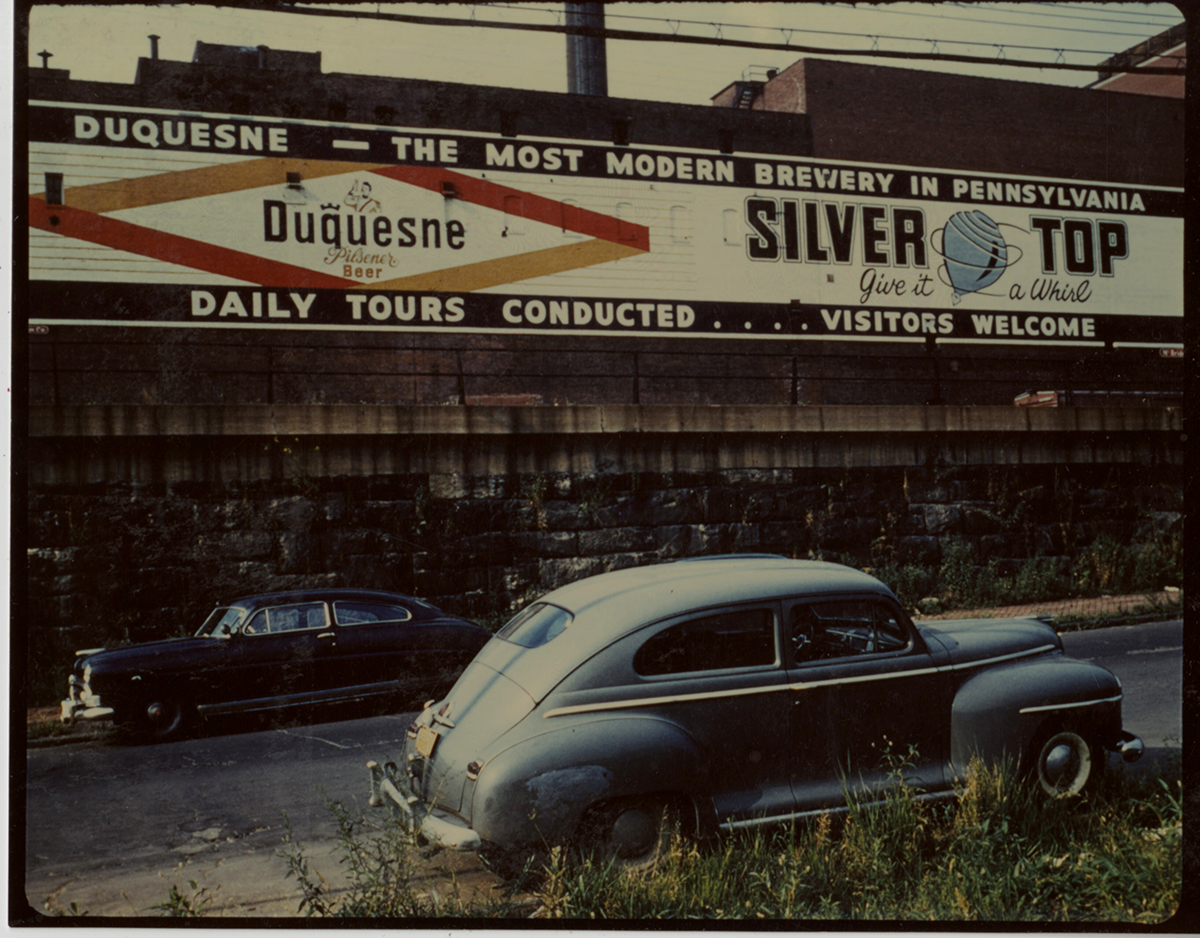
National American Beer Day reminds us that the history of “local” beer is more than the story of current trends. It’s also a reminder that decades before craft beer changed American drinking habits, regional beer producers of a different era created a distinct sense of place that helped to define the individual identities of American cities.
In Pittsburgh through the 1960s, beers such as Duquesne Pilsener and Iron City Lager may not have had the most complex taste profile, but they still offered a taste that generations grew up with and grew to call their own. Their names were part of the landscape of this place. From roadway billboards to a drink at the ballpark, they helped make Pittsburgh “home” to the people who lived, worked, and played here. During World War II, one of the dominant themes found in the letters of servicemen writing home to loved ones was how much they missed the taste of local beer. “Save me a few Duquesne pilsners,” wrote one soldier from the Panama Canal Zone. Another, in training at Dallas, lamented “The thing I miss most is a bottle of Iron City lager.”
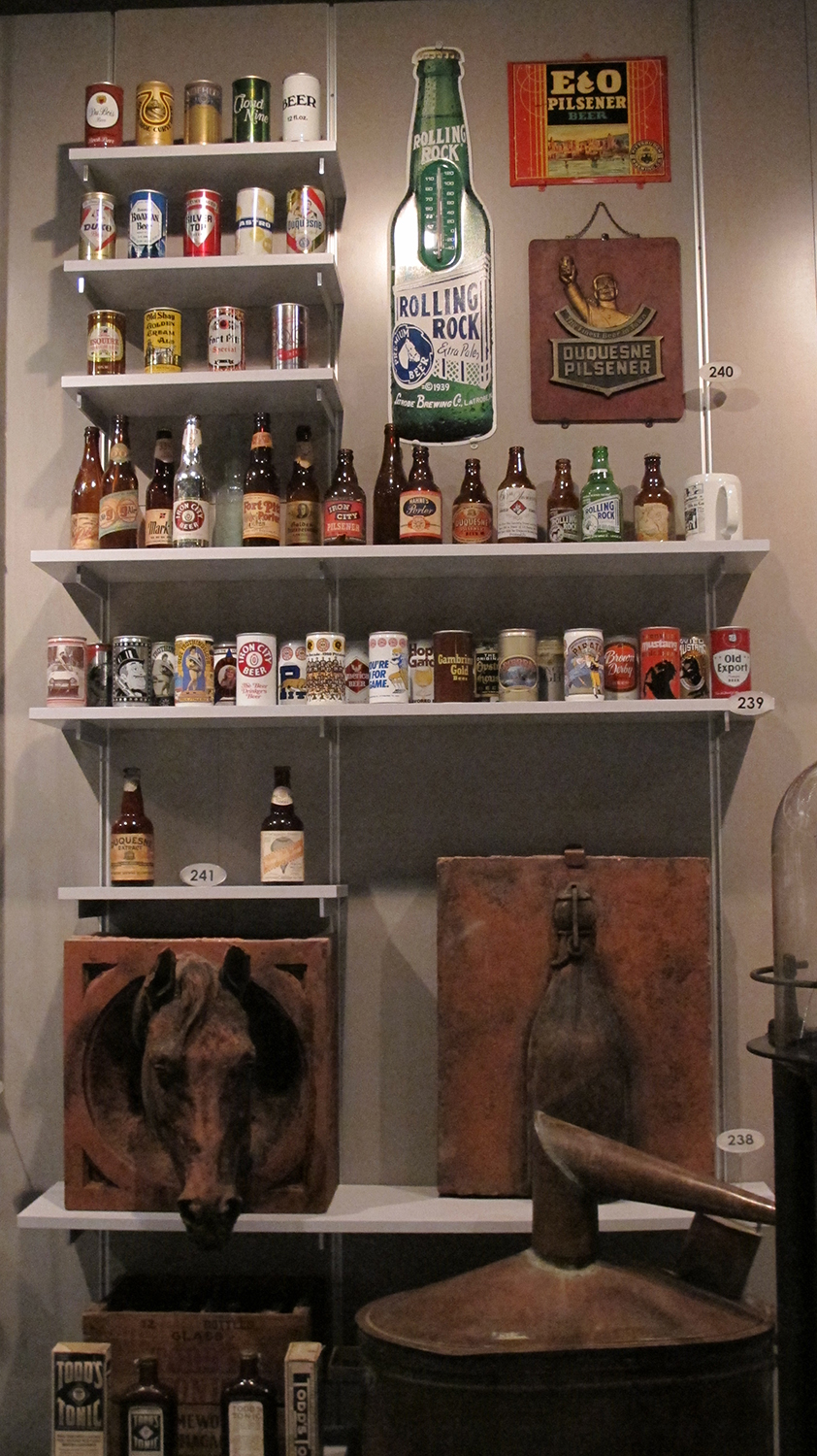
Until the 1970s, most major cities, especially beer-drinking towns like Pittsburgh, Milwaukee, or Cincinnati, supported at least a few of their own local brands. Before the 1920s, this heritage of local beer was far richer, with thousands of breweries in communities large and small dating back to the mid-1800s. While Prohibition closed breweries nationwide in 1920, a few managed to carve out enough of an alternative niche during those years to survive and make a comeback after repeal. But the commercial landscape of the country had changed. By the late 1960s, the national consolidation of beer into a few large-scale producers erased much of the regional diversity that not even Prohibition had managed to kill.
But as they say, “everything old is new again.” Today that loss of regional diversity is increasingly a thing of the past as more adventurous and discerning beer drinkers, many of them home brewers themselves, have turned craft beer into an industry that contributed more than $67 billion dollars to the national economy in 2016. In Pennsylvania, the explosion of consumer demand for craft beer (as well as other artisan and small batch spirits) is one of the factors that has gradually impacted loosening restrictions over where and how consumers in Pennsylvania can purchase alcohol, a final legacy of the state’s internal battle over Prohibition. And beer has hit the big time as a topic of serious historical study too. In January 2017, the Smithsonian’s National Museum of American History announced the hiring of their first beer curator, a scholar to oversee the new American Brewing History Initiative. (How many people dreamed of taking that job?)
In February, the History Center will explore the topic of Prohibition in more depth with the exhibition American Spirits: The Rise and Fall of Prohibition. In connection with that exhibit, the History Center will be gathering examples of growlers and other containers representing the wealth of today’s craft beer scene in Pittsburgh. We might soon be spotted at a craft brewery near you. What local brew is your favorite? We’re also interested in old family photographs that show domestic beer brewing and drinking in the Pittsburgh region during Prohibition and the years immediately following it — that’s from 1920 to about 1940.
If you have images that you would like to share, please let us by contacting the History Center directly at socialmedia@heinzhistorycenter.org.
And yes, take a moment to celebrate this year’s installment of National American Beer Day. It’s part of our local heritage, after all.
Leslie Przybylek is senior curator at the Heinz History Center.
